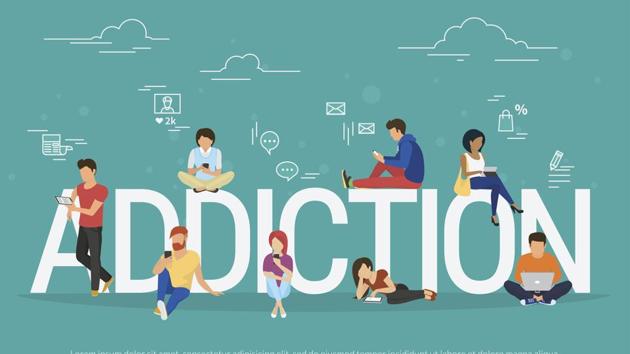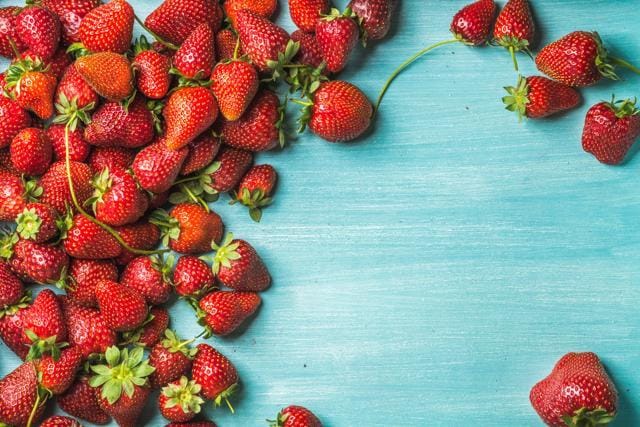Say hello to tech diet! The diet that will define 2019
If you haven’t decided on what your New Year resolution will be then following a ‘tech diet’ could be one.
Thanks to the Internet and the social media, more and more people have realised the value of the phrase ‘health is wealth’. However, the irony lies in the realisation that spending too much time on your phone or laptop adversely affects your health. And to deal with this, we have invented the concept of digital detox (taking a break from technology) but, now, we can go a step further by opting for a ‘tech diet’. We got in touch with nutritionists Sujetha Shetty, Gympik and Tripti Tandon, who explain what this diet is and why it’s needed.

What is a tech diet?
A diet that counters the effects of technology can be defined as a tech diet.
How tech affects our health
An article titled ‘Why a ‘tech diet’ should be your New Year’s resolution’ by Pablo Uchoa on bbc.com, quotes Dr Shimi Kang, a Canadian psychiatrist and expert on tech addiction in adolescents, as saying, “Technology is increasingly being linked to anxiety, depression, body image disturbance, and internet addiction disorder has now become a medical diagnosis.”
In the article, Kang says that our brain “metabolises” technology by releasing six different types of neurochemicals into our bodies.
Adrenaline: Released in the situations of fight or flight. In context of using your phone, they are affected when someone likes your post on Facebook or retweets your Twitter post.
Dopamine: Dopamine can be defined as a pleasure neurochemical, whose purpose is to give us desire to seek reward, that is, instant gratification. Social media drives on manipulating your behaviour by giving you a dopamine hit, like the one you get from notifications when you are active on social media.
Serotonin: It’s released in our bodies when we are feeling creative or when we are engaged in some activity. For example, engaging in a Twitter conversation that is publicly appreciated.
Endorphins: Also known as painkillers of the body. They are released when we experience gratefulness, a sense of calm or belonging. They trigger a positive feeling in your body. For instance, the feeling you get when you get more than a thousand likes on your Instagram post!
Cortisol: Released in stressful situations. Let’s say you post something on social media and hope to get a positive response but it doesn’t happen; and then you get unnerved.
Oxytocin: Also known as cuddle or love hormone. It is released when you feel a sense of connection with someone, like striking a new friendship on social media.
What is a tech diet?
A diet that counters the effect of technology can be defined as a tech diet. Since six neurochemicals are affected; the diet should replenish it.

1) Serotonin regulating foods: Eggs, pineapple, salmon, spinach, nuts
2) Adrenaline regulating foods: Legumes, whole grains, kidney beans, oranges.
3) Dopamine regulating foods: Chocolate, blueberries, sweet potatoes, broccoli.
4) Endorphins regulating foods: Strawberries, grapes, asparagus, yoghurt.
5) Cortisol regulating foods: Bananas, pears, black tea, cherries, mango.
6) Oxytocin regulating foods: Pumpkin seeds, potatoes, quinoa, sesame seeds.
Is there a thing like healthy technology?
According to experts, technology can be healthy only if using it provides us with a good dosage of brain-boosting oxytocin or endorphins. Experts state that there are apps that help us but there is a risk that you might get addicted to them. Thus, using technology moderately, practising digital detox and a tech diet, is the best thing to do.
(This article was revised on February 12, 2019 to include an attribution to an article on bbc.com, which was inadvertently missed out earlier)
Catch your daily dose of Fashion, Taylor Swift, Health, Festivals, Travel, Relationship, Recipe and all the other Latest Lifestyle News on Hindustan Times Website and APPs.
Catch your daily dose of Fashion, Taylor Swift, Health, Festivals, Travel, Relationship, Recipe and all the other Latest Lifestyle News on Hindustan Times Website and APPs.






